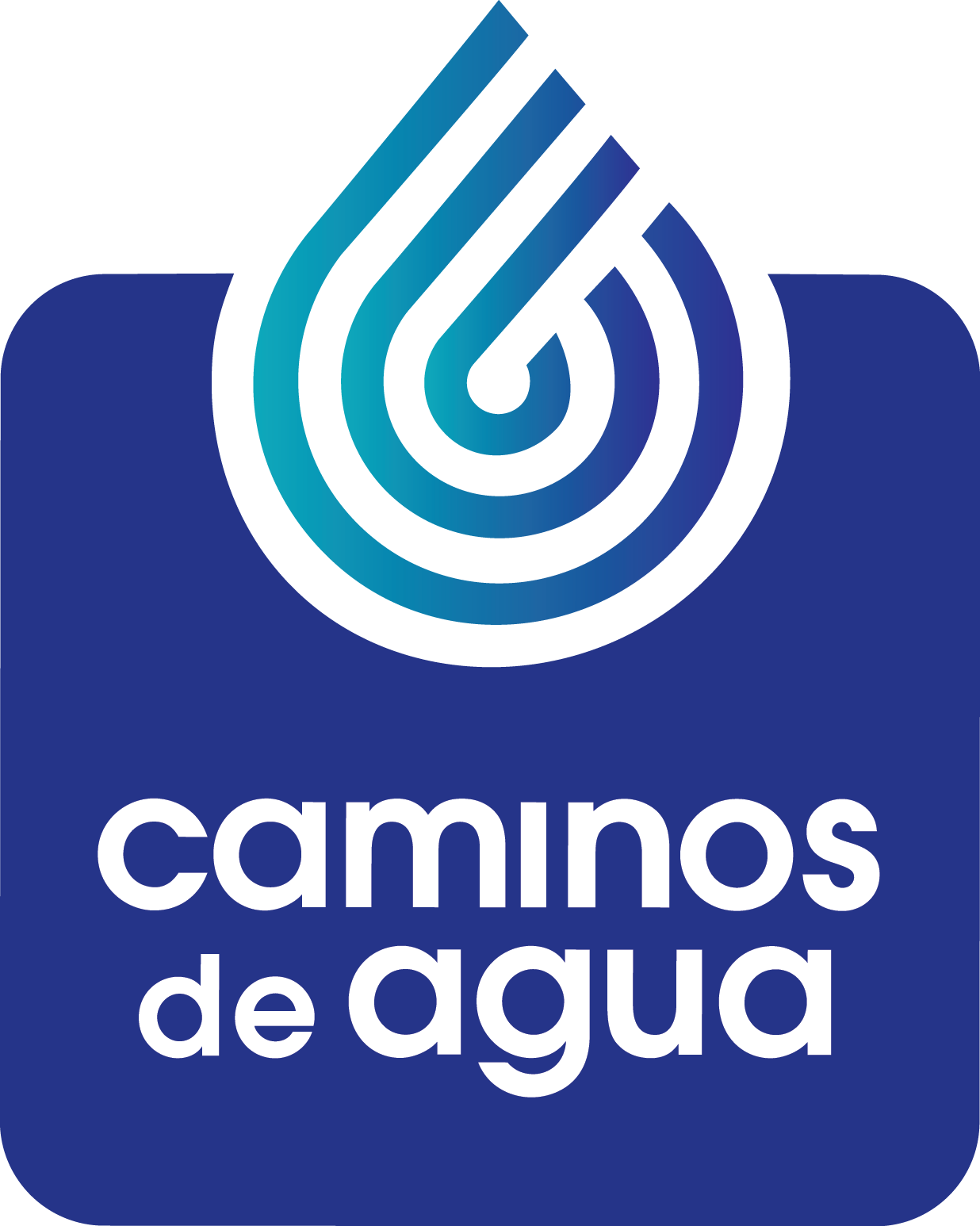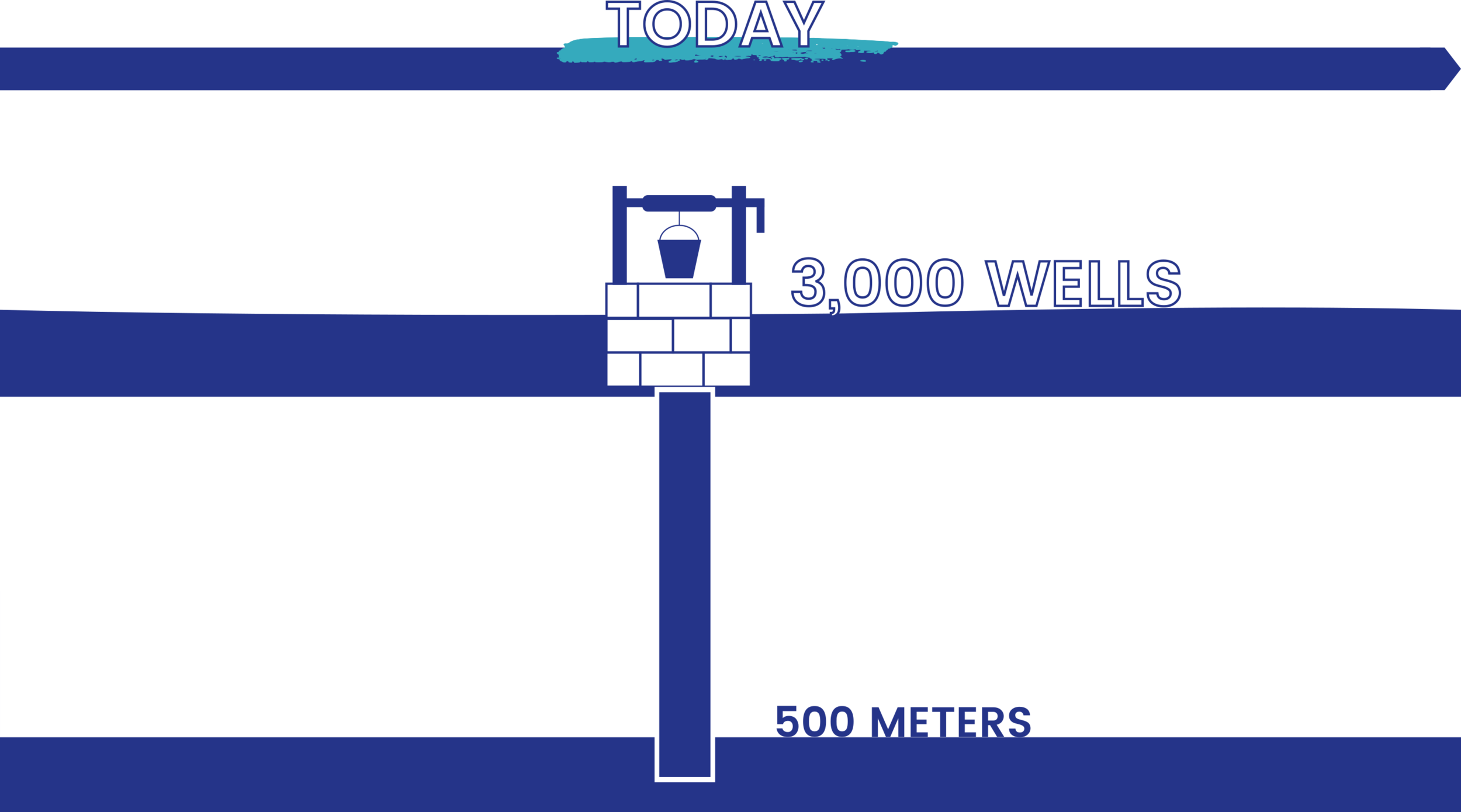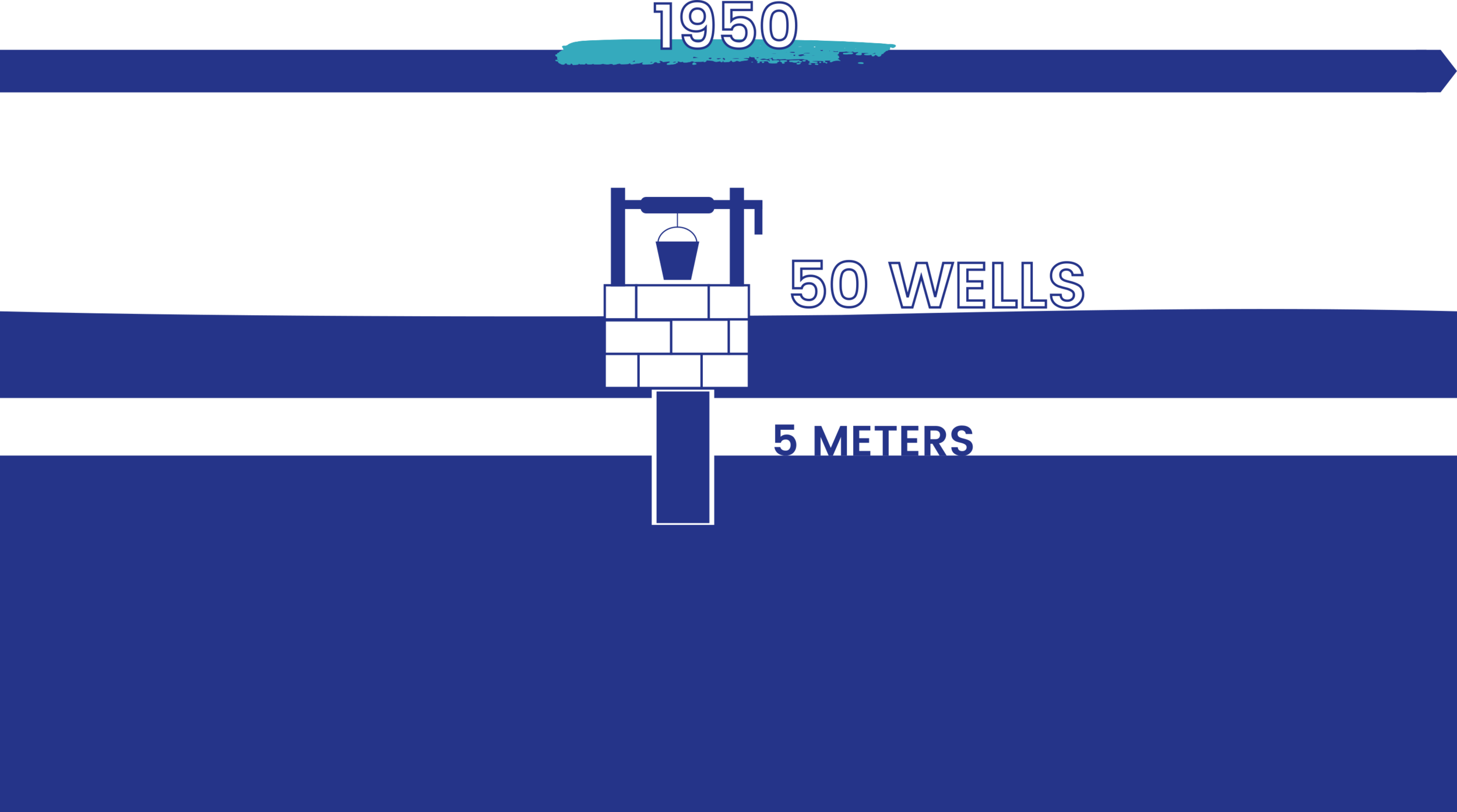Wells in Guanajuato state | Then and Now
EXPLOITING OUR AQUIFER | EXPORTING OUR WATER
Over the last several decades the agricultural industry has grown exponentially in our region to satisfy the mushrooming demand of vegetables for the export market - primarily to the US and Canada. This radical expansion has increased the demand to the point where it has led to the over exploitation of our water. In fact today more than 85% of our water goes to agriculture. As a result, it is no longer possible to replenish our aquifer, which is now depleting at an alarming rate of 2-3 meters yearly.
Due to this situation, surface water supplies are drying up, wells need to be drilled deeper and deeper, and the water that remains is increasingly contaminated with arsenic and fluoride.
Fluoride is strongly linked to dental fluorosis – the browning of teeth, which is becoming increasingly common in our region, crippling skeletal fluorosis – the deformation of bones, and cognitive development issues in children. Continuous exposure to arsenic is associated with hypertension, skin disease, propensity for diabetes, chronic kidney disease, and several types of cancer.
More than 680,000 people rely upon the Alta Rio Laja Watershed in the state of Guanajuato – including the municipality of San Miguel de Allende. At Caminos de Agua, we have been testing the water throughout the watershed for years, and, unfortunately, we have documented that the presence of arsenic and fluoride is progressively increasing – in some cases spiking to over 22 and 12 times respectively what the World Health Organization considers safe for human consumption.
The truth is that, while access to clean safe drinking water is a human right and fundamental to sustaining human life, the water supply in our region is shrinking, and what is available is being progressively contaminated. The health risks for everyone whose water comes from our aquifer is increasing. The bottom line, however, is that this is a problem that has solutions; and that’s why we exist.




